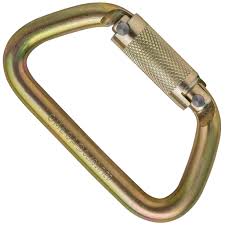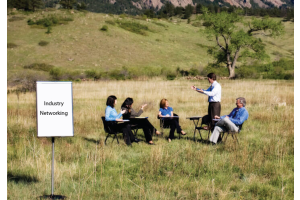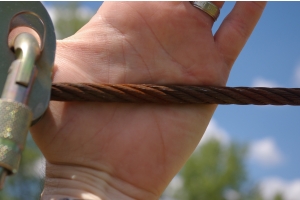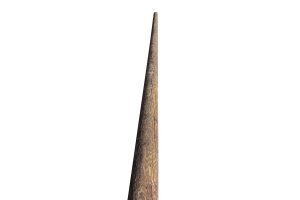How to Select a Carabiner for Recreation and Work Use

Carabiners are essential pieces of equipment for a variety of activities, including rock climbing, mountaineering, and industrial work. They are used to connect ropes, chains, and other equipment together, and they must be strong and reliable.
When choosing a carabiner, it is important to consider the following factors:
- The type of activity you will be using it for. Different activities require different types of carabiners. For example, rock climbers need carabiners that are lightweight and easy to clip, while industrial workers need carabiners that are strong and durable.
The load the carabiner will need to support. Carabiners are rated for different loads, so it is important to choose one that is rated for the weight of the load you will be hanging from it.
The locking mechanism. Carabiners come with a variety of locking mechanisms, including screw gates, auto-locking gates, and magnetic gates. Screw gates are the most common type of locking mechanism, but they can be difficult to operate with gloves on. Auto-locking gates are more difficult to open accidentally, but they can be more expensive. Magnetic gates are the most secure type of locking mechanism, but they can be difficult to use with gloves on.
The material. Carabiners are made from a variety of materials, including aluminum, steel, and titanium. Aluminum is the lightest material, but it is not as strong as steel or titanium. Steel is the strongest material, but it is also the heaviest. Titanium is a good compromise between weight and strength.
The price. Carabiners range in price from a few dollars to several hundred dollars. The price will vary depending on the factors listed above.
How to Inspect a Carabiner
It is important to inspect your carabiners regularly for signs of wear and tear. If you find any damage, the carabiner should be replaced immediately.
Here are some things to look for when inspecting a carabiner:
- Cracks or breaks in the metal.
- Loose or damaged parts.
- Rust or corrosion.
- Strain on the gate.
- Deformation of the body.
If you find any of these problems, the carabiner should be replaced immediately.
Carabiner Standards
There are several standards for carabiner manuafacture and use the two most common are ANSI 7359.1 and th eEN 12275.
ANSI Z359.1 Standard
The ANSI Z359.1 standard is an American National Standard for personal fall arrest systems, components, and anchorages. The standard covers a wide range of products, including carabiners, harnesses, lanyards, and rope.
The ANSI Z359.1 standard sets forth requirements for the design, construction, testing, and labeling of personal fall arrest systems and components. The standard also includes requirements for the use and maintenance of personal fall arrest systems.
EN 12275:1998 Standard
The EN 12275:1998 standard is a European standard for mountaineering equipment. The standard covers a wide range of products, including carabiners, harnesses, lanyards, and rope.
The EN 12275:1998 standard sets forth requirements for the design, construction, testing, and labeling of mountaineering equipment. The standard also includes requirements for the use and maintenance of mountaineering equipment.
Comparison and Contrast of the ANSI Z359 and EN 12275 Standards
The ANSI Z359 and EN 12275 standards are both similar in that they set forth requirements for the design, construction, testing, and labeling of personal fall arrest systems and mountaineering equipment. However, there are some key differences between the two standards.
One of the key differences between the two standards is the testing requirements. The ANSI Z359 standard requires that all connectors be tested to a minimum breaking strength of 5,000 pounds. The EN 12275 standard does not specify a minimum breaking strength for connectors.
Another key difference between the two standards is the labeling requirements. The ANSI Z359 standard requires that all connectors be marked with the following information:
- The manufacturer's name or trademark.
- The model number.
- The rated load.
- The date of manufacture.
- The EN 12275 standard does not specify any specific labeling requirements for connectors.
Conclusion
The ANSI Z359 and EN 12275 standards are both important standards for Challenge course and zip line workers and participants.








